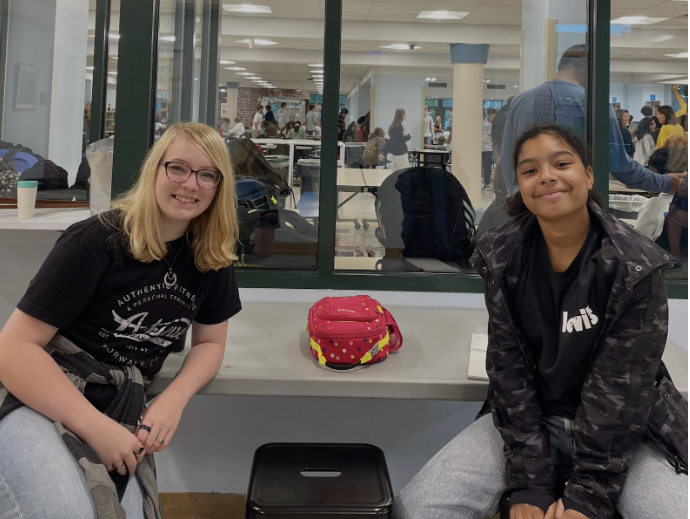Last year, walking in the Staples hallways consisted of constantly pulling out hand sanitizer and trying my best to avoid stepping on my peer’s leftover lunch. Most students would bring their lunch all around the school spaces, and it became very hard to find a clean space during my free period. Whether it was tomatoes on the walls or pizza crust under desks,eating areas were always a mess.
Although I understand students want to sit outside the cafeteria to avoid the large crowds and noise, the new Staples rule that prohibits students from sitting outside the cafeteria is necessary in order to maintain a clean school and keep rodents away.
According to The Centers for Disease Control and Prevention, rodents can spread multiple diseases to humans and these diseases can be spread indirectly by mites, fleas and ticks. It is recommended that buildings with rodent problems keep food out of reach of rodents by putting them in refrigerators or containers with tight-fitting lids. By confining lunch into a specific area, Staples is limiting the number of rodents that come into the school.
Additionally, I have seen a significant difference in the cleanliness of hallways since the new rule. This helps custodial staff and allows students to have more areas to study during free periods. A survey done by the Environmental Protection Agency found that schools in better physical condition had students who performed higher academically.
I understand that the cafeteria can be overwhelming at times, especially when hundreds of students are in the lunch line and rushing to get to specific tables. But if you are a student who prefers sitting outside of the cafeteria, the school has set up extra tables in the hallway next to the cafeteria. Those areas have trash cans near them and allow lunchtime to be both clean and enjoyable.
Overall, although students may want to explore the school during their lunch break, school sanitation is crucial to students’ health and this rule must be followed.














































